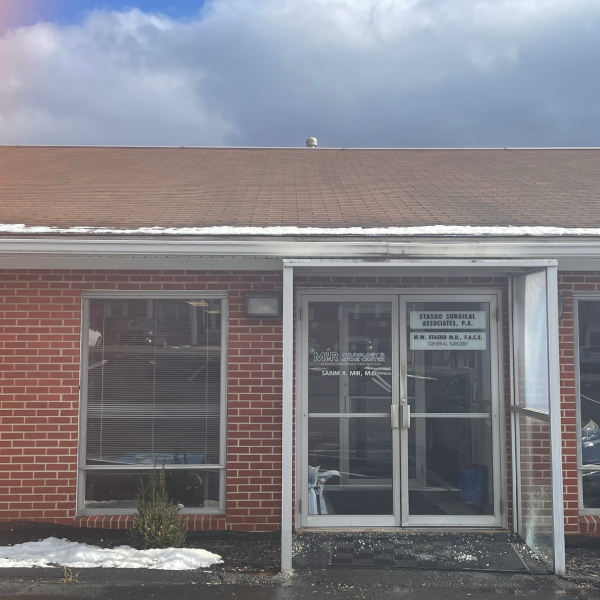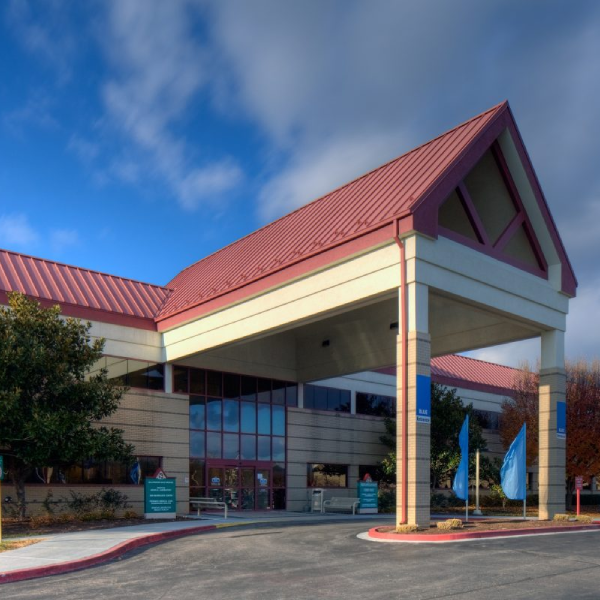Advanced Neurology, Personalized Care
Stroke & Transient Ischemic Attack
Stroke & Transient Ischemic Attack (TIA) Diagnosis & Treatment at Mir Neurology
What is a Stroke?
A stroke occurs when the blood supply to part of the brain is interrupted, either by a blocked artery (ischemic stroke) or a ruptured blood vessel (hemorrhagic stroke). This disruption of blood flow can cause brain cells to die, leading to permanent brain damage and impairments in speech, movement, and other vital functions.
At Mir Neurology, our experts specialize in diagnosing and treating strokes to minimize damage and enhance recovery. Prompt and effective treatment can significantly improve outcomes, which is why it's crucial to seek care immediately if you or a loved one experiences stroke-like symptoms.
What is a Transient Ischemic Attack (TIA)?
A TIA, also known as a "mini-stroke," is a temporary blockage of blood flow to the brain. While the symptoms of a TIA are similar to a stroke, they last only a few minutes to hours and do not cause permanent brain damage. However, a TIA is often a warning sign of an impending stroke, and immediate medical attention is essential.

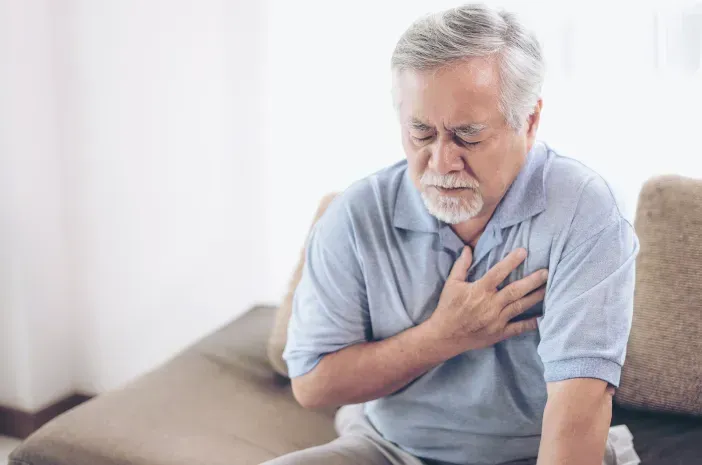
Symptoms of Stroke & TIA
Recognizing the symptoms of a stroke or TIA is crucial for quick intervention. Common signs and symptoms include:
1. Sudden Numbness or Weakness
Face, arm, or leg – Especially on one side of the body.
Difficulty smiling or raising both arms, with one arm drifting downward.
2. Confusion or Trouble Speaking
Difficulty understanding speech or speaking clearly.
Slurred speech.
3. Vision Problems
Sudden trouble seeing in one or both eyes.
Blurred or double vision.
4. Difficulty Walking
Sudden dizziness, loss of balance, or lack of coordination.
Trouble walking or staying steady.
5. Severe Headache
A sudden, severe headache with no known cause.
In the case of a TIA, symptoms come and go quickly and typically resolve within minutes to a few hours.


Risk Factors for Stroke & TIA
Certain factors can increase the risk of having a stroke or TIA. These include:
1. Physical Examination
A detailed physical and neurological examination is conducted to assess the extent of the injury. The exam includes evaluating:
High blood pressure (hypertension)
Diabetes
High cholesterol
Heart disease or arrhythmias (especially atrial fibrillation)
Smoking
Obesity
Family history of stroke
Sedentary lifestyle
Previous stroke or TIA
Excessive alcohol consumption
Age (the risk increases with age)
Stroke & TIA Diagnosis
To accurately diagnose a stroke or TIA, Mir Neurology uses advanced diagnostic tools and techniques, including:
1. Neurological Examination
A thorough neurological examination helps assess brain function, including speech, movement, and coordination.
2. Brain Imaging
CT scan (computed tomography) – Helps identify brain damage caused by a stroke and can detect bleeding in the brain.
MRI (magnetic resonance imaging) – Provides detailed images of the brain and can help detect areas of ischemia (reduced blood flow) or damage from a previous stroke.


3. Ultrasound
Carotid ultrasound – Checks for plaque buildup or blockages in the carotid arteries, which supply blood to the brain.
4. Blood Tests
Blood tests can help evaluate clotting factors, cholesterol levels, and other potential causes of stroke.
5. Electrocardiogram (ECG)
An ECG can help identify abnormal heart rhythms, such as atrial fibrillation, which can increase the risk of stroke.
Treatment for Stroke
The treatment approach for stroke depends on the type of stroke (ischemic or hemorrhagic) and how quickly medical intervention is received. The goal is to minimize brain damage and improve outcomes.
1. Ischemic Stroke Treatment
Clot-busting drugs (Thrombolytics) – Administered intravenously to dissolve blood clots and restore blood flow to the brain. The sooner this is done, the better the outcome.
Mechanical Thrombectomy – A minimally invasive procedure to remove large blood clots from blocked arteries in the brain.
Antiplatelet drugs – Used to prevent new blood clots from forming.
2. Hemorrhagic Stroke Treatment
Surgery – In some cases, surgery may be needed to repair ruptured blood vessels or remove blood clots.
Blood pressure management – Strict control of blood pressure to reduce further bleeding.
3. Rehabilitation
Stroke rehabilitation aims to help patients recover lost functions and regain independence. This may include physical therapy, speech therapy, and occupational therapy.
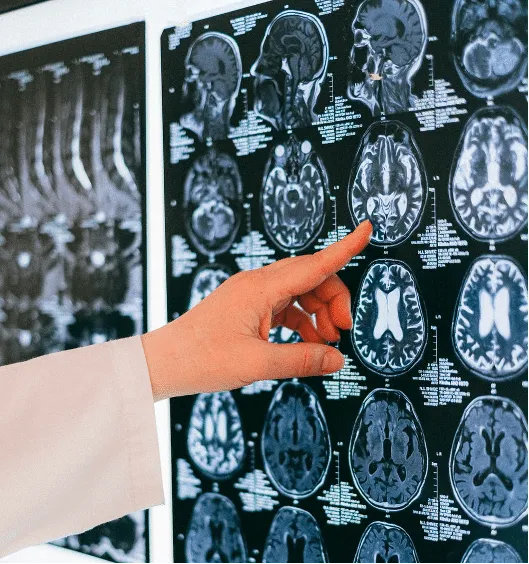
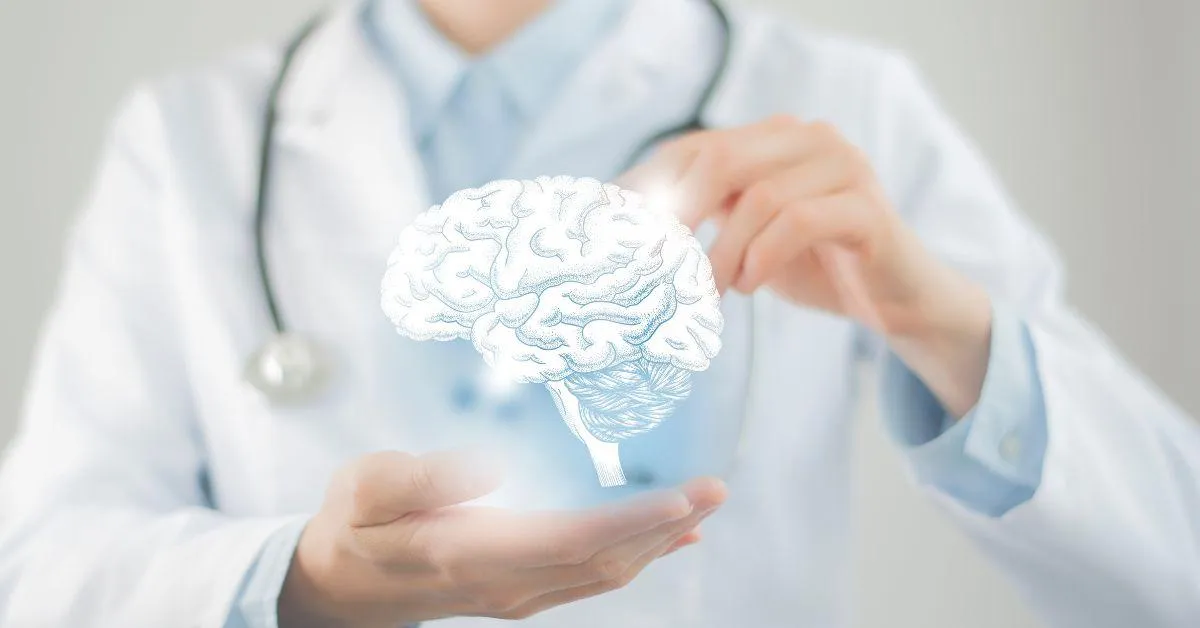
Treatment for TIA
Since a TIA is a warning sign of an impending stroke, treatment focuses on preventing a full-blown stroke. Treatment options may include:
Preventing Concussion & TBI
Antiplatelet medications – Such as aspirin, reduce the risk of blood clots.
Blood pressure control – Managing high blood pressure can significantly reduce the risk of stroke.
Cholesterol-lowering medications – To prevent the buildup of plaque in the arteries.
Lifestyle changes – Quitting smoking, exercising regularly, and eating a healthy diet can help reduce the risk of stroke.
Prevention of Stroke & TIA
Preventing stroke involves addressing the underlying risk factors and making lifestyle changes. Steps to reduce stroke risk include:
Maintaining a healthy diet – Low in salt, saturated fats, and cholesterol.
Regular exercise – To improve heart health and maintain a healthy weight.
Controlling chronic conditions – Such as hypertension, diabetes, and high cholesterol.
Limiting alcohol consumption – To prevent high blood pressure and other complications.
Not smoking – Smoking is a major contributor to stroke risk.
At Mir Neurology, we are committed to helping you manage your stroke risk and provide immediate care when a stroke or TIA occurs. If you or someone you know is experiencing stroke symptoms, call 9-1-1 immediately.
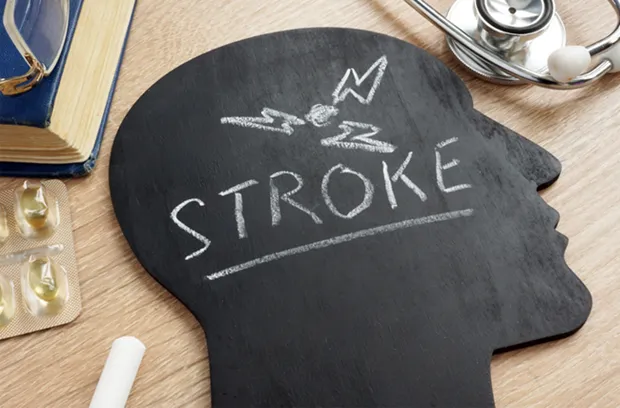
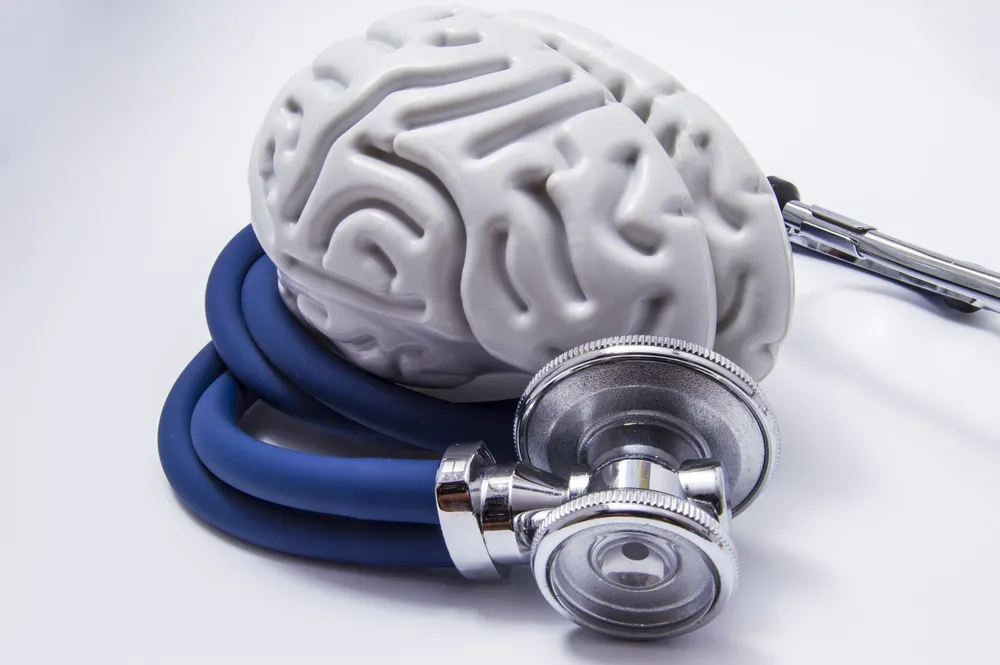
Living After Stroke
Life after a stroke can be challenging, but with the right care and support, many people regain independence and enjoy a good quality of life. Our neurologists work closely with patients and families to create personalized rehabilitation and recovery plans.
If you or a loved one has had a stroke or TIA, we are here to provide ongoing support and treatment to help you achieve the best possible recovery.
Get Expert Help

If you or a loved one is experiencing memory loss or cognitive decline, early diagnosis is key to effective management. Consult with our neurology specialists for personalized assessment and care plans.
Our Locations
To learn more about our experience or discuss your treatment options, please call us at (301) 797-7600 or schedule a consultation today!
Get our wellness newsletter
Filter out the noise and nurture your inbox with health and wellness advice that’s inclusive and rooted in medical expertise.
Useful Links
Contact Us
Complaint and Queries
(301) 517-7636
About | Careers
© Copyright 2025. Mir Neurology. All Rights Reserved.
A Part of Highland Healthy Living. Powered By CareSyncMarketing

